Review of computer vision problems in medicine

Computer vision and machine learning are used in many areas of human activity. The exception was not medicine. This article discusses the most interesting, in the author’s opinion, computer vision problems in medicine.
Automatic detection of circulating tumor cells
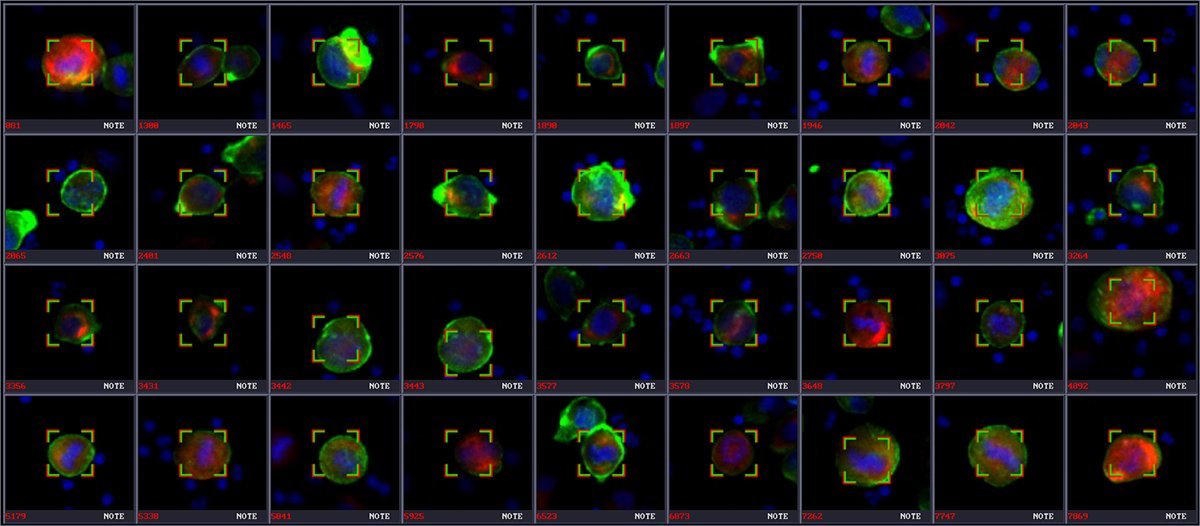
Circulating tumor cells crossed with several fluorescent antibodies
Circulating tumor cells are cells that separate from the site of the main tumor and spread through the bloodstream, forming secondary tumors in other organs.
Early detection of such cells and evaluation of the progression of the disease is very important for effective treatment, therefore, systems are being actively developed for automatic detection of tumor cells. For example, researchers from Germany [2] got accuracy> 99%, recall = 88% and precision = 86% on a small experimental dataset.
')
Sources:
- Automated Detection of Circulating Cells Using Low Level Features
- Bayesian Classifiers Automated Detection of Circulating Tumor Cells with Naive
- bioview.com/applications/circulating-tumor-cells
Automatic detection of diabetic retinopathy

The classification of images according to the degree of the disease: a) normal; b) mild; c) moderate; d) severe; e) prolific
The authors of the kaggle competition for the detection of diabetic retinopathy state that 40-45% of Americans with diabetes are also susceptible to diabetic retinopathy (I think that in Russia the figures are about the same). The progression of visual impairment can be slowed down or prevented if a disease is detected in time. Thus, the development of systems for the detection of diabetic retinopathy is also relevant.
The best quadratic weighted kappa result in competitions was 0.84958 (Private Leaderboard). Some researchers are developing adapters for smartphones to take pictures of the retina. They do this with the help of 28D or 40D lenses (such lenses cost about $ 300) and a nozzle for a smartphone, which is printed on a 3d printer.

Retina imaging adapter
As you can see, the ability to check the status of your retina without going to the hospital is just around the corner.
Sources:
- www.kaggle.com/c/diabetic-retinopathy-detection
- Digital Fundus Images: A Review Algorithms for the Automated Detection of Diabetic Retinopathy Using Digital Fundus Images
- 3D Printed Smartphone Indirect Lens Adapter for Rapid, High Quality Retinal Imaging
- Smartphone fundoscopy. Opthalmology
MRI image segmentation
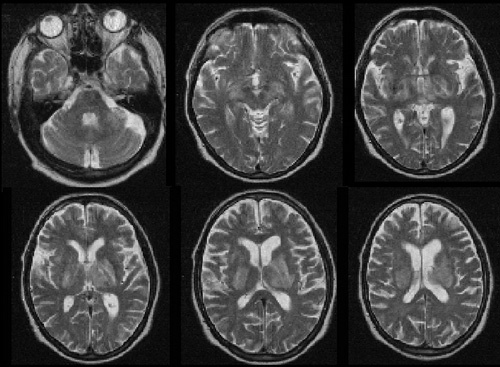
MRI of the brain
The method of magnetic resonance imaging (MRI) is widely used to diagnose and track the dynamics of brain diseases, as well as to study its functioning. The method allows to obtain three-dimensional images of high quality and resolution, which are built on a set of successive two-dimensional "slices". The marking of MRI images of the brain on anatomical structures is an important step for further analysis in many tasks in this area.
Full marking of the three-dimensional image involves the division (segmentation) of the brain volume into several dozen regions corresponding to the main anatomical structures. Each point (voxel) is mapped to the label of the anatomical structure. Thus, manual marking in this case becomes a long and laborious process. Therefore, algorithms are needed that automate the anatomical marking process. [ 1 ]
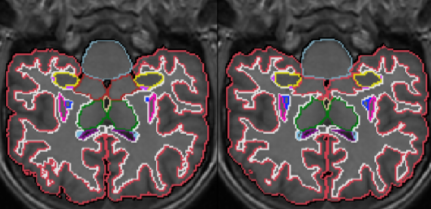
An example of the segmentation algorithm. On the left is the true markup; right - the resulting markup
The authors of [ 1 ] managed to obtain the following segmentation accuracy for anatomical structures (the DSC indicator is a measure of Dyce similarity):
- Cerebellum - 0.885 ± 0.05
- Pallidum - 0.7442 ± 0.009
- Ventricular - 0.9 ± 0.02
- Blood vessels - 0.2 ± 0.001
- The midbrain - 0.8474 ± 0.0073
Sources:
- A. Yu. Zubov, O. V. Senyukova. GraphiCon 2015. Image segmentation of magnetic resonance imaging of the brain using multiple atlases
- Sequence-independent segmentation of magnetic resonance images
Ultrasound image analysis
For example, let's take the task of finding the neural structure of the neck from recent competitions on kaggle .
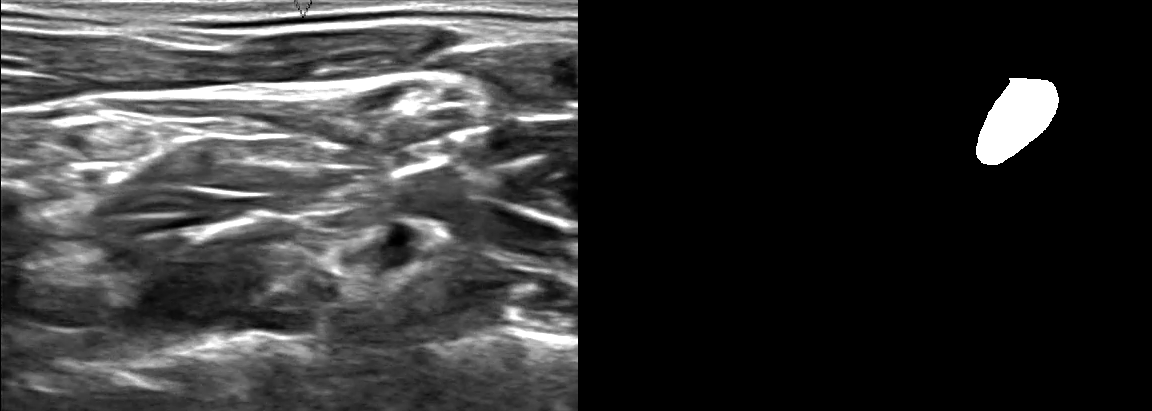
On the left - an ultrasound image of the neck, on the right - a nervous structure; the images show that finding the nervous structure is a non-trivial task even for a person (who is not an expert in this field)
Accurately finding the neural structure in ultrasound images is an important step in effectively inserting a catheter to block or reduce pain. Such catheters, in particular, help patients with drug dependence recover faster.
The best result with DSC per kaggle similar to Dice was 0.73226.
Sources:
Laser speckle pattern analysis
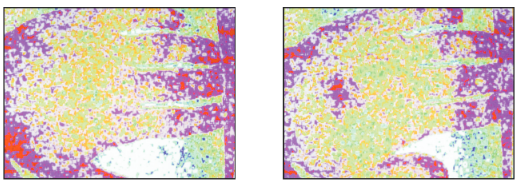
Laser speckle pattern of the arm showing perfusion before and after grinding a small area of the arm
Automatic analysis of laser speckle pattern is used to measure blood flow. In particular, it helps with laser therapy of damaged tissues.
Sources:
- Laser speckle contrast imaging for measuring blood flow
- Laser speckle contrast imaging in biomedical optics
Conclusion
The tasks considered are only a drop of water in the sea. In the area of medical image analysis, there is plenty of room for research.
The rapid development of deep learning helps to gradually improve the accuracy of the developed systems for the analysis of medical images, which may soon be used everywhere. And this will undoubtedly increase the level of public health.
Source: https://habr.com/ru/post/309152/
All Articles